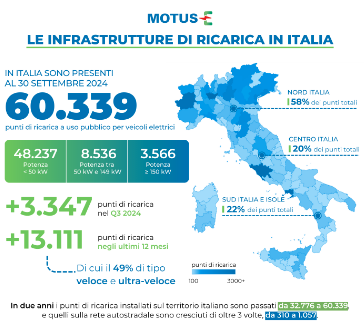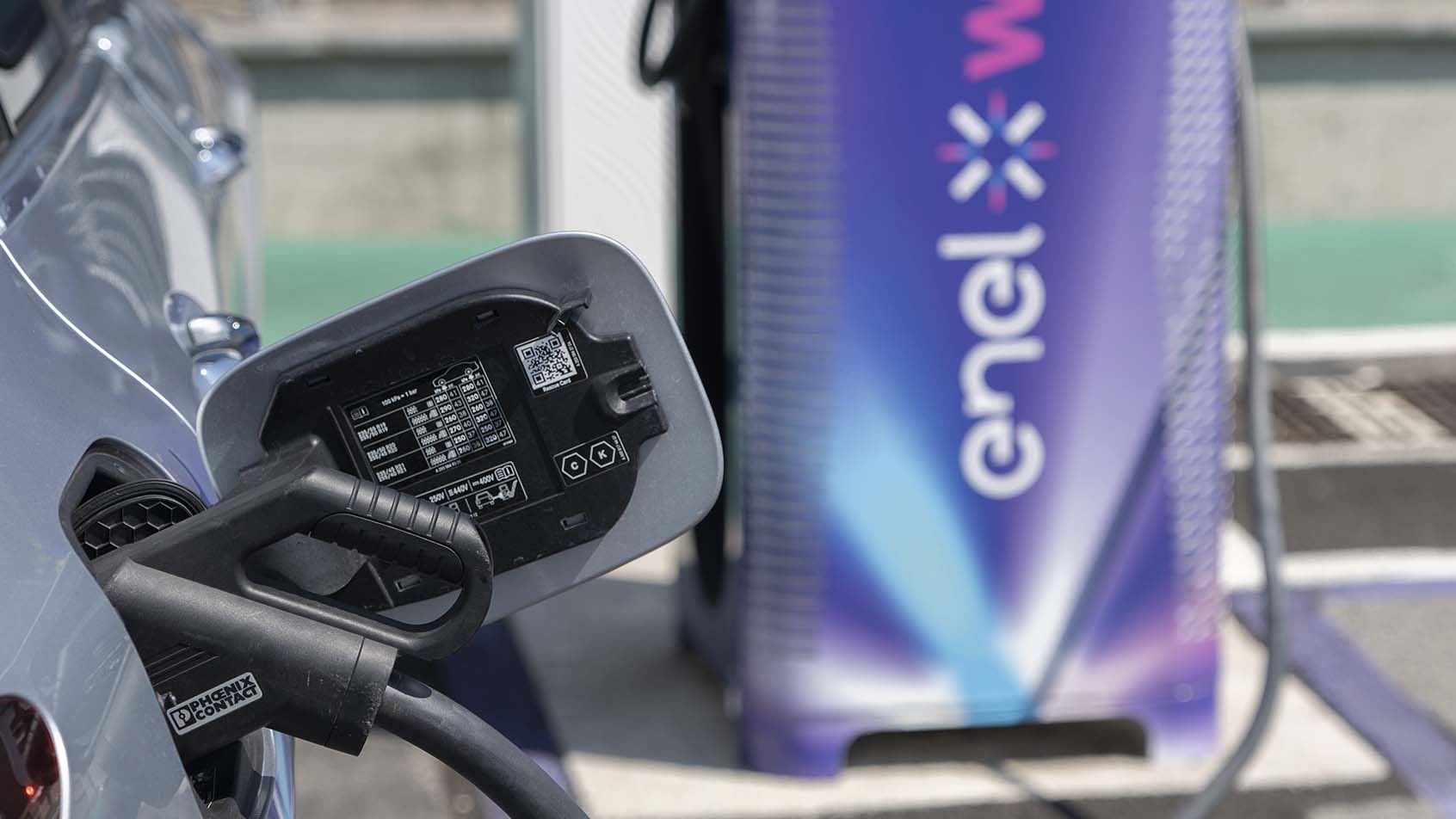Italy accelerates its eMobility push, aiming to create 21,255 fast charging points by 2025 through an open call from 29 October to 13 November 2024
Italy’s Ministry of Environment and Energy Security (MASE) leads this new initiative to fund electric charging infrastructure projects in extra-urban routes and urban areas.
Where can more details be found?
Through the Customer Area of GSE, the operator responsible for managing the technical aspects of this initiative.
The programme includes a funding of €530 million, of which €319 million is allocated to extra-urban routes, aiming to deliver 13,651 fast charging stations in those areas.
Meanwhile, €209 million will be directed towards urban zones, with a target of installing 8,151 connectors.
Among the companies showing interest in developing electric charging infrastructure is Enel. In the first tender, it secured ten lots, with projects in cities such as Rome, Milan, Naples, and Bari.
The company remains committed to installing charging stations with standard (22 kW), fast (up to 150 kW), and ultra-fast (up to 350 kW) charging technology.
Challenges of the Italian Tender
One important aspect of this call is the inclusion of adjustments compared to previous tenders, aimed at encouraging broader participation among companies.
These adjustments include a reduction in the number of charging stations per area module and macro-lot, enhancing accessibility for companies interested in expanding charging infrastructure across the country.
Despite the ambitious targets, there are significant challenges facing the success of the Italian tender.
One primary issue highlighted by CPOs is the low economic profitability and slow return on investment, factors that make many electric charging infrastructure projects financially unattractive.
Demand for charging points, especially in less urbanised areas, is limited, and current economic incentives are considered “insufficient” to ensure long-term profitability.
This, along with the relatively small size of the electric vehicle market in Italy, has generated scepticism about the feasibility of achieving the call’s objectives.
Italy exceeds 60,000 electric cars and chargers!
As of 30 September, there are 60,339 public charging points installed across the country, an increase of 13,111 units over the past 12 months and 9,661 units since the beginning of the year (+3,347 in the last quarter).
Fabio Pressi, President of Motus-E, states: “The growth of infrastructure is great news for the country. Now, coordination between institutions and industry is crucial to avoid losing PNRR funds.”
The expansion of Italy’s network of electric vehicle charging stations continues, but a definitive step forward now requires close cooperation between institutions and industry to fully utilise the resources of the PNRR.

“The growth of the network is excellent news and demonstrates the great efforts made by operators to equip Italy with a highly strategic infrastructure, essential for keeping pace with other major European countries, despite the lag in the number of electric vehicles on the road,” indicates Pressi.
Looking at the figures, the rate of charging points awaiting connection has slightly decreased to 17.8%, a figure that once again highlights the importance of speeding up authorisation procedures and increasing the involvement of the many entities involved in the process.
As of 30 September, there were 1,057 charging points on motorways (up from 851 in September 2023 and 310 in September 2022), 86% of which are fast chargers using direct current, and 64% exceed 150 kW of power.
42% of motorway service areas already have charging infrastructure.

In terms of regions, Lombardy continues to lead with the most charging points (11,687 points, +3,593 in the last 12 months), followed by Lazio (6,217 points, +1,659 in 12 months).
And Piedmont (6,035 points, +1,322 in 12 months), Veneto (5,690 points, +1,126 in 12 months), and Emilia-Romagna (4,946 points, +896 in 12 months).
Among provinces, Rome retains the top spot for installed charging points (4,919 points, +1,346 in 12 months), followed by Milan (3,999 points, +1,295 in 12 months), Naples (2,879 points, +236 in 12 months), Turin (2,751 points, +659 in 12 months), and Brescia (1,764 points, +518 in 12 months).







